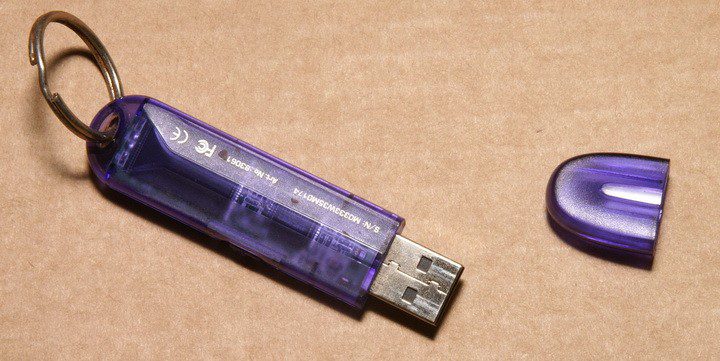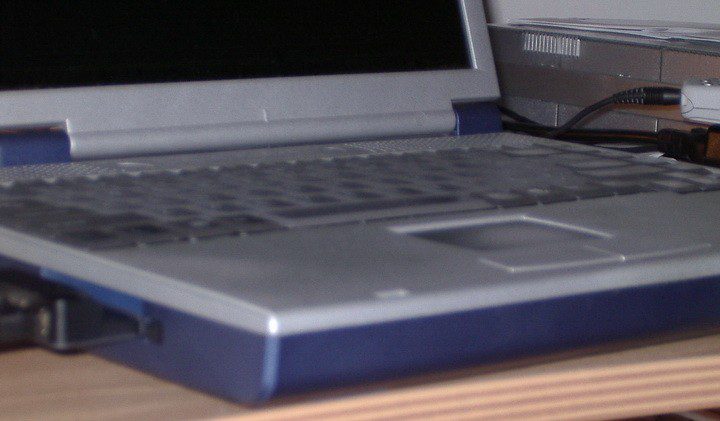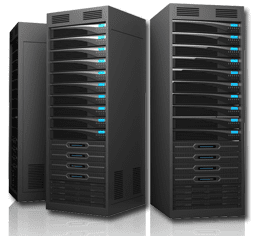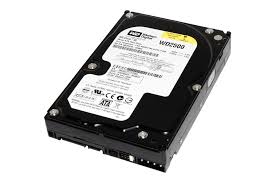Computer Protection – Hardware Firewalls
The primary function of a firewall is to limit what goes in and out of computers on a network. With the ever-increasing danger from the internet, a firewall is an essential component of any network today.

A hardware firewall is a physical device that is connected upstream to a server and offers better security that a software firewall can. Since this protection is done right at the server, a hardware firewall allows a server to concentrate on offering ‘good’ traffic rather than waste resources dealing with ‘bad’ traffic. In a busy network environment, this can significantly result in better network performance.
Most hardware firewalls are routers. This means that they can be purchased as stand-alone products and only connected directly to a network where they act as the link between the internet and the network. If you have a broadband connection, then consider purchasing a broadband router.
These routers can be set up by almost anyone who knows how to read and use a computer terminal and are therefore recommended even for home users. Most of these routers have at least 4 network ports. This means that a minimum of 4 computers can be protected when they are connected behind this router. For larger business networking, there are business firewall solutions available as well.
How do hardware firewalls work to protect a network? They do this through a process called packet filtering. This process involves examining a packet header and determining its source and its destination.
Since a hardware firewall already has its own user-created rule set to determine what should be given access, the packet, based on this rule set, can either be forwarded or dropped from the network.
Since no 2 firewalls are created equal, it is important to read the manufacturer documentation to understand the terminologies used as well as specific configuration details that may be unique to that particular router.
Alternatively, the manufacturer website can be a great asset to help you get started. In any case, setting up hardware firewalls involves plugging it, adjusting just a few settings and having it work.
Another important feature is testing the hardware firewall security. In order to do this, you will need to buy third-party test software or simply download one for free online.
Firewall testing ensures that it is configured to provide optimal protection and you can rest assured that any malware will have to go through your hardware before it can get to you, and that will be tough.









